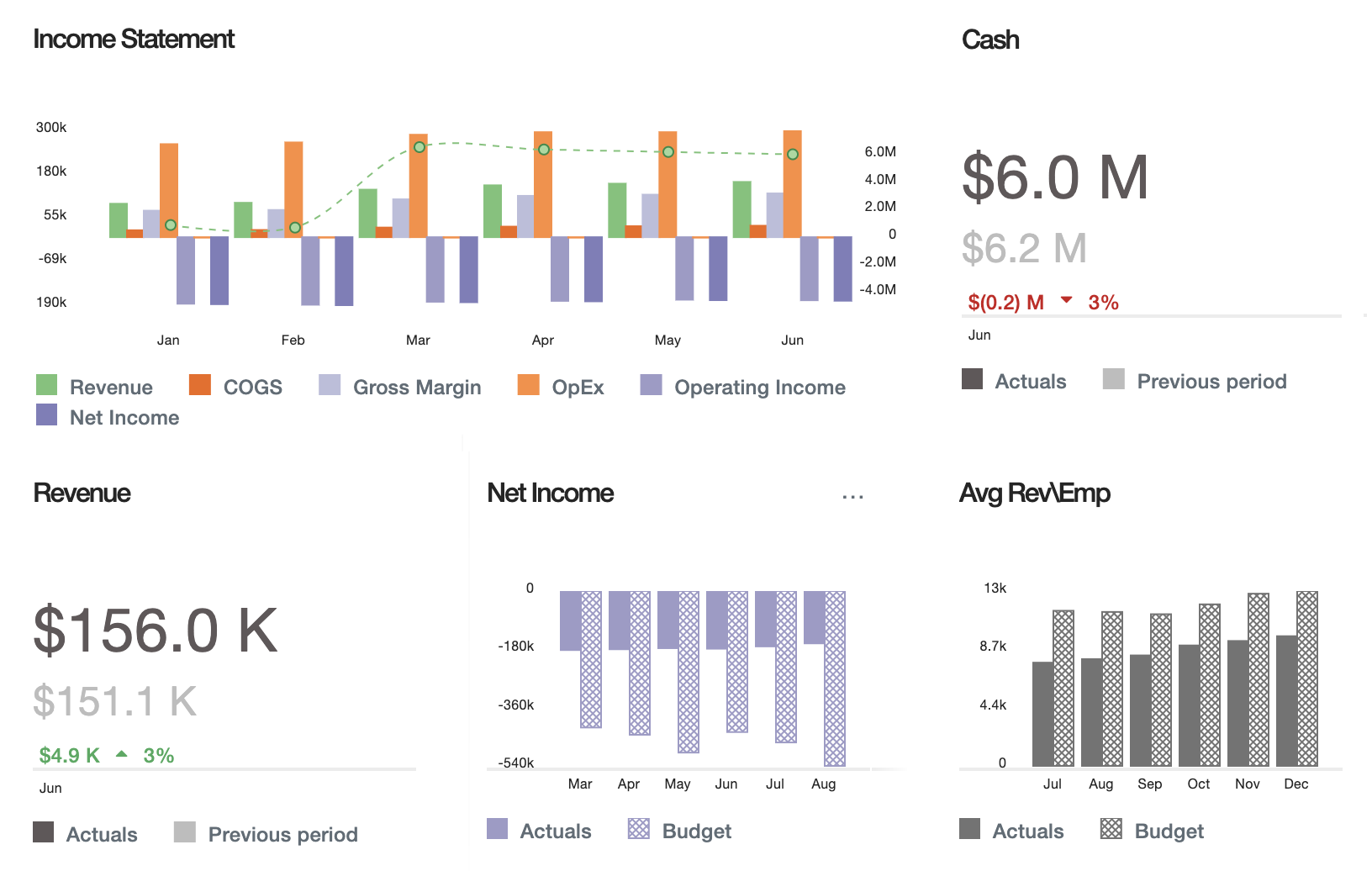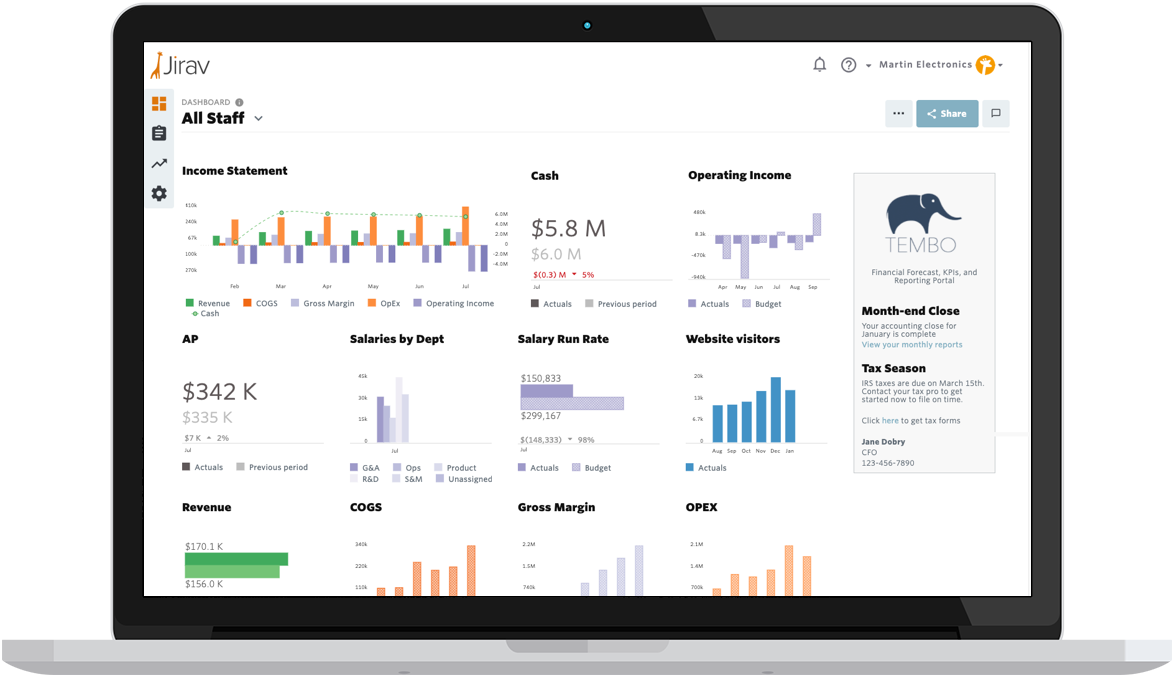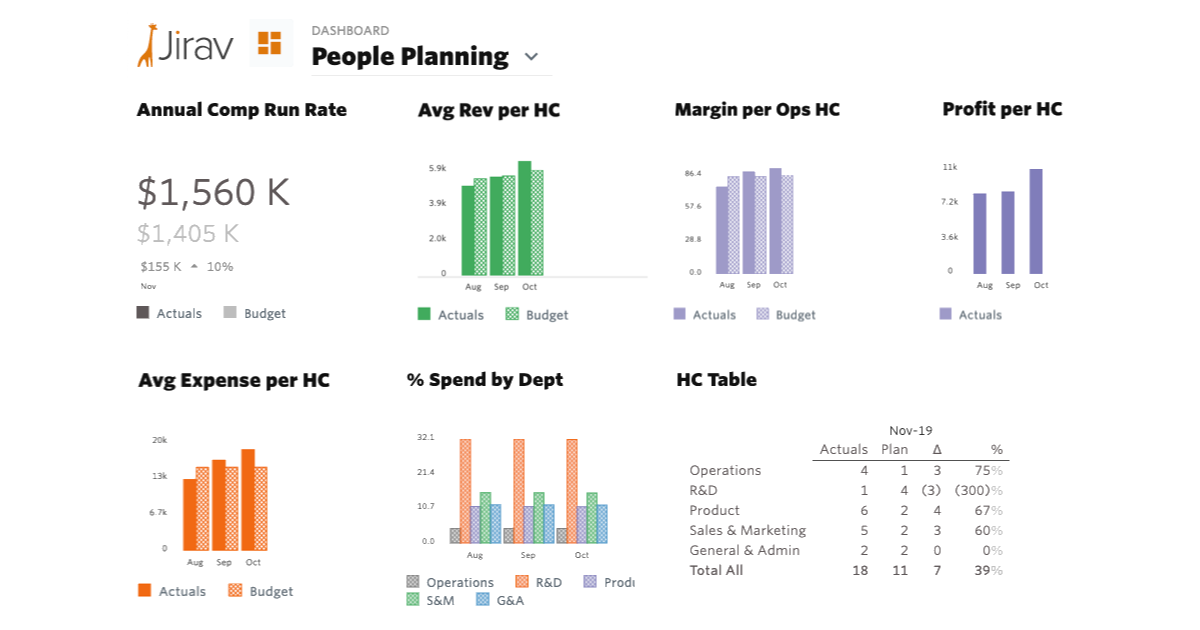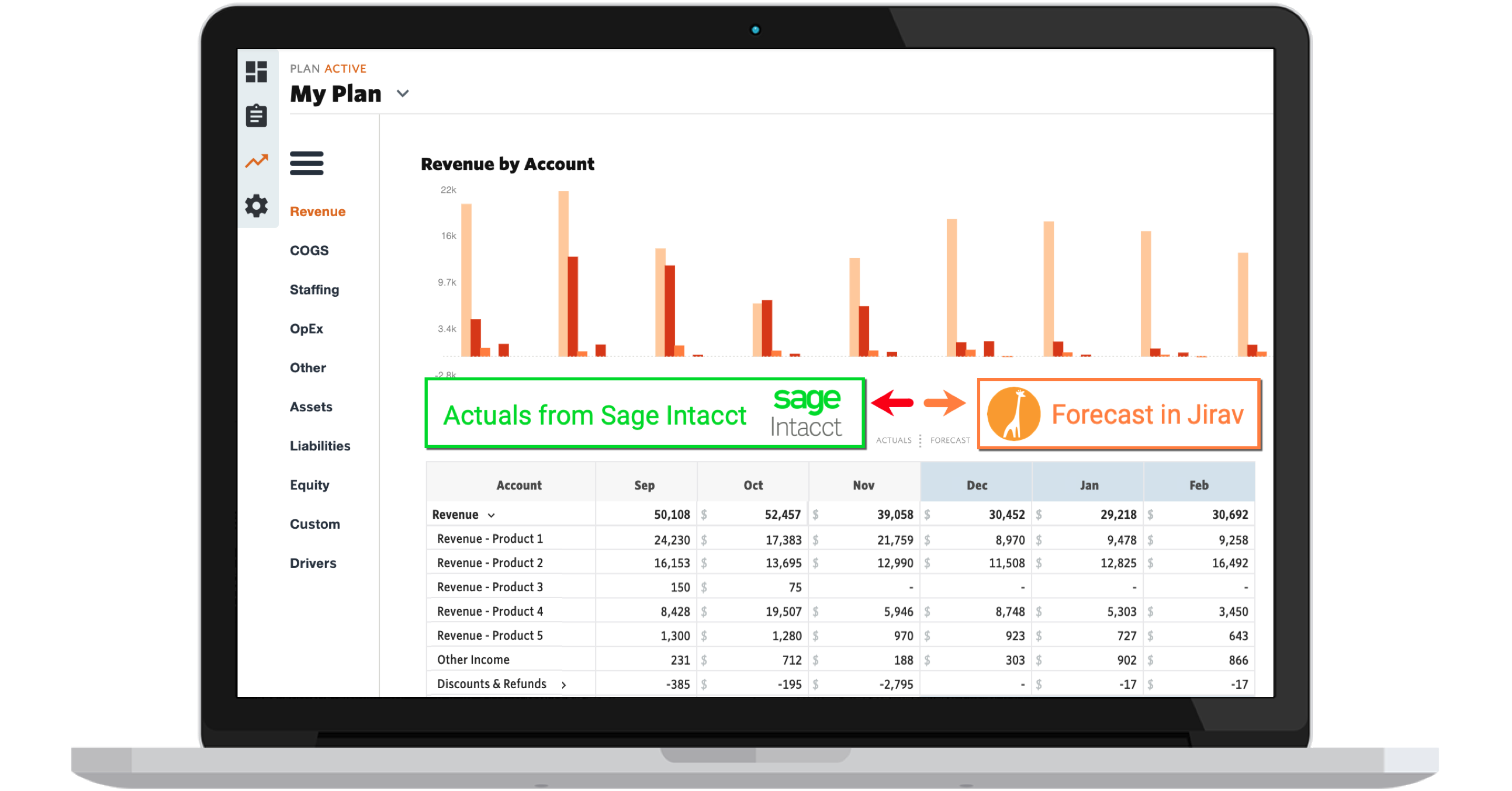Do your employees know what they’re working toward?
If you went around the office and asked team members of different departments to name the company goals and how their jobs ladder up to those goals, would they be able to answer? Would they be able to provide you with the specific target metrics (KPIs) they need to hit in order for the company to achieve its goals?
If you think your employees would answer yes, you might be surprised. In a recent MIT survey, 97% of CEOs expected their team leaders to know the business’ top priorities. However, they were shocked to find the survey showed 25% of managers couldn’t name three of their top five priorities.
That’s a shockingly low number and a huge difference from what the executives had predicted. If employees don’t know how their work impacts the business and aren’t working to hit certain goals, then what are they motivated by every day? How are they being held accountable? How are they holding each other accountable?
Team accountability starts with culture...
There’s a famous story about when President John F. Kennedy visited NASA in 1961. When JFK stopped a janitor to ask him what his role was, the janitor responded, “I’m helping put a man on the moon.”
That was NASA’s goal, and every single person in the building was responsible for that goal in their own way. And that janitor, by keeping the halls and bathrooms clean and the garbage cans empty, was creating a space where the engineers and rocket scientists could do their job best. But without that overarching goal, that man was “just” a janitor.
Accountability starts with creating a culture of mutual trust and respect, where everyone is working toward a common goal and understanding the role they play in achieving that goal.
...and continues with KPI reporting
The NASA janitors probably weren't managed with KPIs, but let’s for a moment pretend they were. What might those have been?
- Number of rooms cleaned per day
- Time to complete a round of cleaning
- Time to clean the main team space
If that janitor didn’t hit his KPIs, it may have influenced the working space or mindset of the engineers working day and night to put a man on the moon. Even without the terminology, he obviously understood that. He was helping put a man on the moon.
Using KPI reporting to build team accountability
Now, let’s apply this same thinking to your business with an example from our recent post, How to Use Financial KPIs to Achieve Your Goals:
- Goal: $1,000,000 annual revenue
To get to that goal, the following KPIs must be met:
- KPI 1: Leads generated by marketing = 300
- KPI 2: Sales team close rate (%) = 33.4%
- KPI 3: Average contract value (ACV) = $10,000
Marketing and Sales are responsible for meeting the goal. But these teams are often at odds with each other. Marketing says Sales is responsible for the goal. Sales responds they can’t make their goal if marketing gives them less-than-stellar leads.
This is where we need to make sure both teams understand the “why” behind the goal and to create systems of ongoing communication, feedback loops, and processes (like regular KPI reporting and discussion) to create that team accountability.
For an example of what this looks like in practice, check out this step-by-step guide on how to build a financial model for an IoT company.
If Sales fails to provide feedback to Marketing that the leads they’re getting aren’t ready for a sales conversation, Marketing hits its goal of 300 leads, but Sales isn’t able to close 33% as expected.
Or, alternatively, if Marketing never relays to Sales that they are having trouble acquiring the right caliber and volume of leads at a sensible acquisition cost, Sales won’t realize they may need to work twice as hard to close a higher percentage of the 150 excellent leads Marketing sent their way.
When both teams are working together and understanding how each of their roles will get them to the $1 million mark, alerting each other to setbacks and brainstorming new messaging and channels to test as a team, they are much more likely to push each other and hold each other to those KPIs.
How is all this discussion best facilitated among teams? With monthly check-ins centered around visual KPI reports and dashboards.
The bigger the team, the greater the need for KPI reporting
Adding another layer, let’s say that to hit our long-term revenue metrics, we need to retain 95% of these customers and create more value for them (i.e., upsell) $100,000 of new projects. Now we have a new team accountability stakeholder: Customer Success (aka Account Management, Customer Service, etc.)
What does Customer Success need to do to make sure these customers stick around and are interested in additional products or services? They need information and context. But, is the sales team incentivized to provide them with that information and context if their commission hits their bank account the week after they close the sale? Probably not. Customer Success managers are left scrambling for information, fighting an uphill battle to close more revenue, rather than working in partnership with Sales.
On the other hand, if the Sales team isn’t given the context of the higher-level financial KPIs the business is trying to hit (which go beyond just sales revenue goals), the drivers behind those goals, and what hitting those KPIs means for them and the business as a whole, are they really to blame?
Financial KPIs: More Transparency = More Accountability
There is nothing more frustrating to an employee than a lack of purpose. And it’s damaging to a business when employees are out of alignment with business goals and each other.
You can throw individual KPIs to your various teams left and right, but if those teams aren’t working together and aren’t accountable to each other, the system breaks down.
Transparency at the highest levels of the business is key. And the best way to be transparent about the state of the organization and its future goals is visual.
Don’t just tell your employees — show them. Show them how all the departments must work together for the organization to hit their goals. Show them the impact on the financials when Sales doesn’t set the Customer Success team up for success and it takes too long to upsell a customer or churn is higher than expected. Show them what happens when Marketing doesn’t tee up Sales with high enough quality leads and Sales is spending double the time to close a deal.
And show them regularly. This isn’t something to do once a year and then forget about it. This type of KPI dashboarding and accompanying discussion should be done at least quarterly and, ideally, monthly or even weekly.
The human side of KPIs
At the end of the day, as a finance leader, CEO, or business owner, you’re in the business of managing people. Teamwork and accountability don’t just happen. They need to be developed and nurtured through human interactions, trust, empowerment, and giving your employees the autonomy to flourish in their own ways.
KPI reports serve as trail markers; without them, we can have all the teamwork in the world but no way to know if we’re on the right path and moving in the right direction.
Are you ready to start managing with KPIs? See how Jirav combines financial and operational data into beautiful plans, reports, and dashboards for your whole company.












